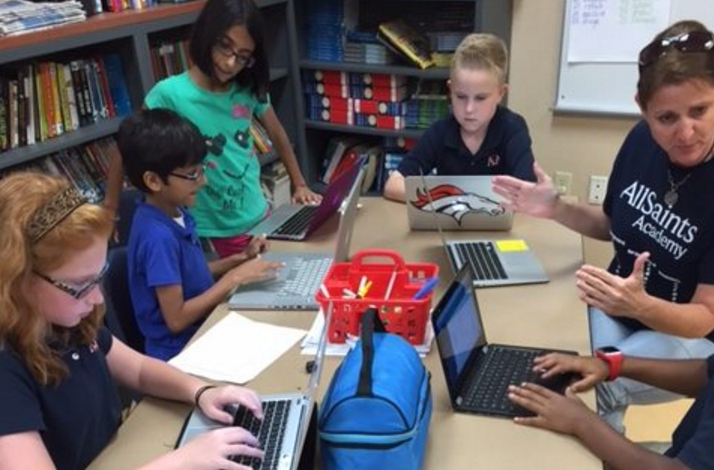
Heather Womersley led students at All Saints Academy in a cross-cultural collaboration with partner students in Pakistan in Level Up Village’s Global Web Designers course this spring.
Guest post by Heather Womersley, Teacher at All Saints Academy
(This article is Part 2 series and follows Web Design Through a Global Lens.)
In my recent blog post about the Level Up Village Global Web Designers course I taught this spring, I shared stories about the terrific interactions and cultural exchange that took place between my students at All Saints Academy in Winter Haven, FL, and their global partners at iEARN Pakistan. In this post, I will delve more deeply into the specific web design skills they acquired (HTML, CSS and Javascript) and the outcome of their global collaboration.
At the beginning of the course, students and their global partners selected an alternative energy source –such as solar power, hydropower and wind power – to research independently. To get us started, LUV provided a list of websites with useful information the kids could readily understand.
To learn web design skills, students accessed a program called Dash where they were able to walk through interactive slide-show tutorials on HTML, CSS, and Javascript. The screenshot below shows an image of the first two lessons the students completed to begin developing these brand-new skills.
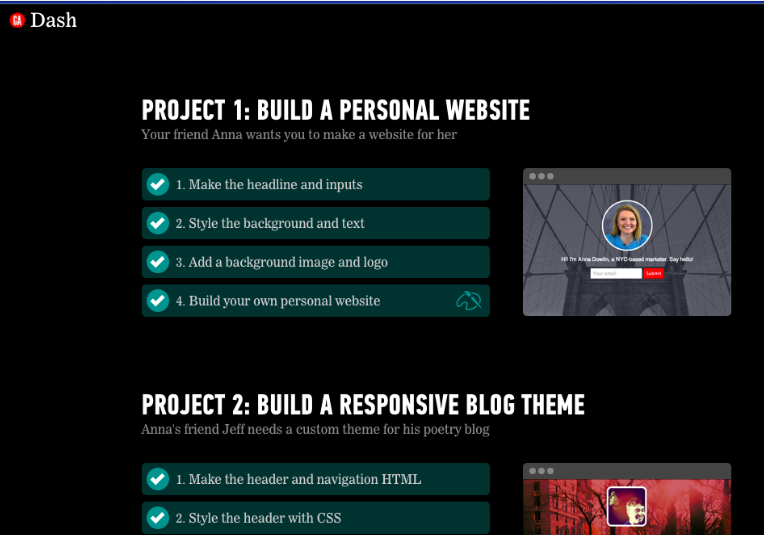
I found this program to be user-friendly enough for my advanced second grade student, yet challenging enough for my highly advanced sixth graders. The program taught the students about the basic HTML coding tags and elements, then asked students to perform tasks to demonstrate their understanding. When they were successful, they earned credit for having mastered the use of that specific tag or element. Even better was the “raining down” of green check marks on this summary page after successful completion of a task. The students loved that part, and could be heard shouting out, “It’s raining check marks again. I did it!”
There were times when the students thought they were following the directions, yet they were not rewarded with raining check marks. That was when my job turned from facilitator to proofreader. Fourth grader Andrew L. quickly learned that spelling matters when writing lines of code and that IMPUT will never equal INPUT!
As the students worked through the projects at their own pace, I was impressed by the spirit of teamwork and collaboration in the room. If one person was stuck, someone else in the group typically remembered how to get through the tricky areas. Second grader Ajay even sat near his fifth grade sister Anjali so they could lean over to help each other out.
As they progressed through the lessons in Dash, they became proficient in basic coding and were soon ready to put those skills to to work in designing a website.
In the fifth week of our eight week program, I introduced students to www.Weebly.com, a website builder that allows users to drag elements directly onto the page. The students already understood the elements of a website and were able to jump right in and get their sites started with very little advanced training. However, I did have Weebly tutorials available in case we ran into any difficulties.
Because the students were working together on the same website, their collaborative efforts were integral to the success of the project. They had to communicate in order to build a cohesive, quality product.
Students were able to work together in pairs on their websites with their global partners in Pakistan by accessing the same Weebly accounts. This component of the Web Design course was the piece that truly developed a global partnership between the students.
In the video letters to their partners, my students would suggest specific tasks for their partners in Pakistan to edit, revise, or add to during their next class. For example, during week seven, Kevin asked Maham if she would like to add some Youtube videos to their hydropower website in order to show what the turbines looked like. Because the students were working together on the same website, their collaborative efforts were integral to the success of the project. They had to communicate in order to build a cohesive, quality product.
Students from both countries seemed to be initially interested in the visual aspects of web design. Their earliest activities focused on finding relevant, applicable images and videos. As they continued the collaborative process, they each contributed to unique components of the site, following each other’s suggestions seamlessly. The students could each see at a quick glance the changes made by their global partners, but it was not at all obvious to anyone else.
When asked for feedback about the course, Mason replied, “I liked the video letter part of the class because you open up to new people and it enhances your confidence to make friends with people in Pakistan you wouldn’t have met otherwise.”
James said, “I like the web designing part. I liked using Dash to learn the HTML coding. We had to talk to each other to make decisions about the website.”
Kevin agreed and said he also enjoyed using Dash and making the website in Weebly. He particularly enjoyed using the video letters to talk to people from other countries. This sentiment was echoed by all the students in the course.
Web design is not only fun to learn, but also offers students the opportunity to blend their technical and creative abilities. The best part of the process is sharing their finished product with the world!. (See their completed Weebly sites at the end of this article.)
My students and their partners in Pakistan gained valuable STEM experiences through this Level Up Village course. We were also able to work toward meeting our school-wide goals in STEM, innovation and global collaboration, while offering students further opportunities to develop their computer science skills.
I would like to express my thanks to Alema Nasim, my teaching counterpart at iEARN Pakistan, for her efforts with the class in Pakistan. Without Level Up Village teachers around the world, these collaborative STEM courses cannot take place. Her work significantly contributed to a highly successful, enjoyable global partnership.
We look forward to offering additional Level Up Village courses in the fall while using some of the skills within our regular curriculum as well.

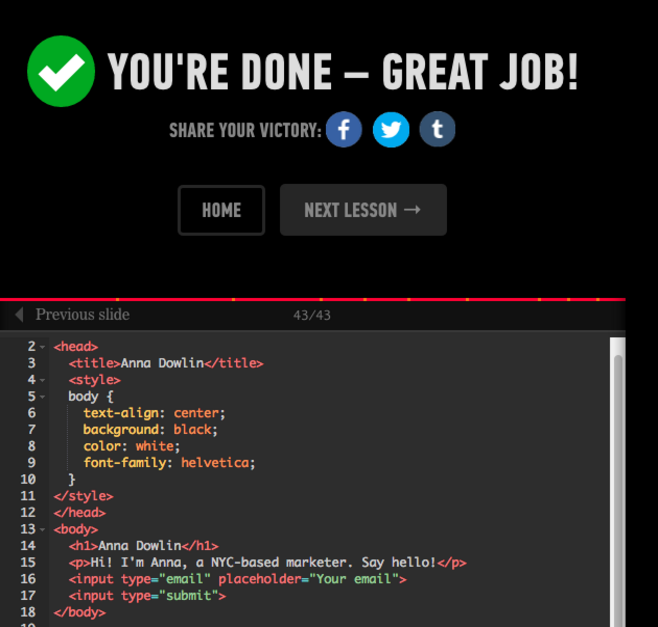


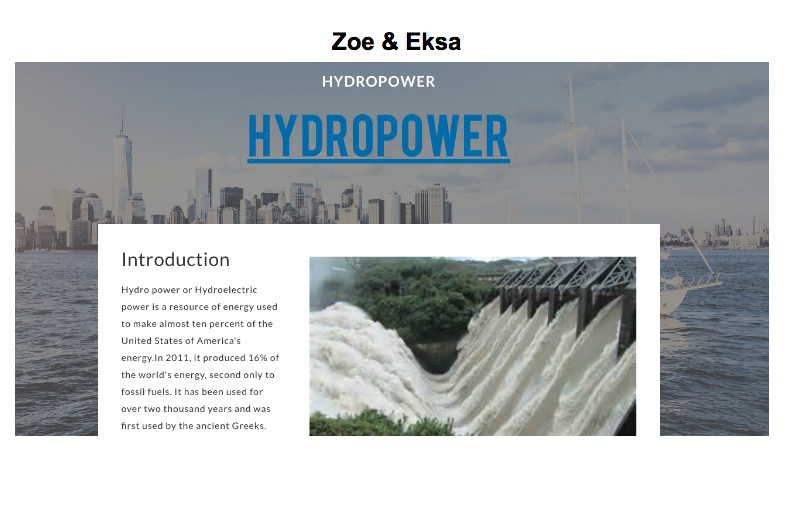








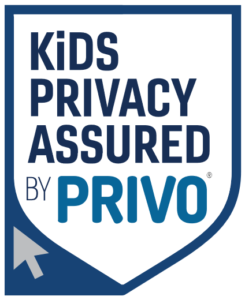

Thanks for the step by step process you went through with your students. That will really help me get started with my students
Comments are closed.